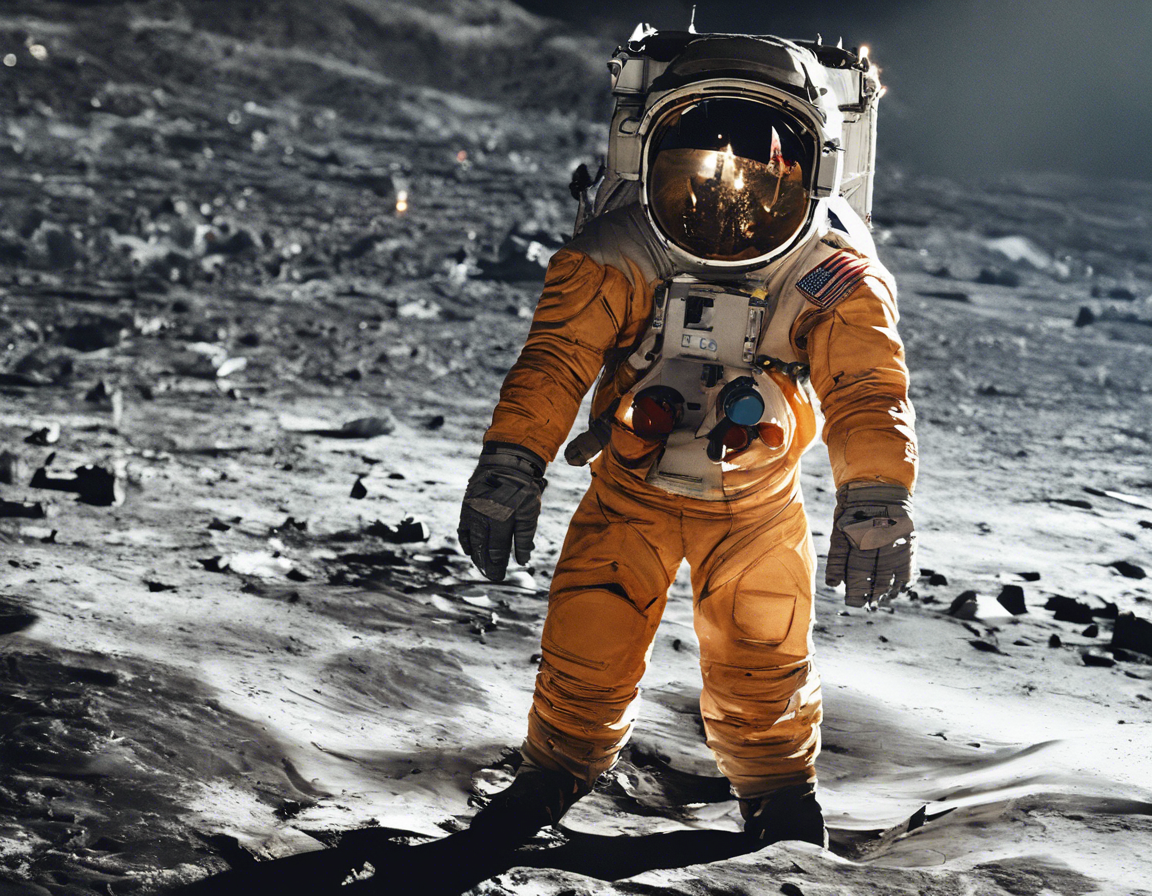Introduction:
What does NASA stand for? The term “NASA” often sparks curiosity among many who are not familiar with the acronym. NASA stands for the National Aeronautics and Space Administration. Established on July 29, 1958, NASA is the United States government agency responsible for the nation’s civilian space program and for aeronautics and aerospace research. This article endeavors to delve deeper into the purpose, history, and key achievements of NASA.
History of NASA:
- Formation: NASA was created in response to the Soviet Union’s October 4, 1957 launch of its first satellite, Sputnik. This event led to the establishment of NASA with the goal of competing with the USSR in the space race.
- Mercury Program: The early years of NASA saw the Mercury program, which aimed to put a man into orbit around the Earth. This culminated in the historic flight of John Glenn in 1962.
- Apollo Program: Perhaps NASA’s most iconic achievement was the Apollo program, which successfully landed astronauts on the Moon. The famous Apollo 11 mission in 1969 marked man’s first steps on the lunar surface.
- Space Shuttle Program: NASA’s space shuttle program began in the 1980s and operated until 2011, conducting numerous missions to deploy satellites, conduct experiments, and build the International Space Station (ISS).
- Mars Exploration: In recent decades, NASA has focused on Mars exploration, with rovers like Curiosity and Perseverance probing the Martian surface for signs of past life.
NASA’s Missions and Objectives:
- Exploration: NASA’s primary objective is the exploration of space. This includes sending probes to other planets, conducting experiments aboard the ISS, and studying celestial bodies to further our understanding of the universe.
- Research: NASA conducts extensive research in aeronautics, studying ways to make air travel safer and more efficient. This research also extends to space travel, with NASA developing technologies for future missions to Mars and beyond.
- Education: NASA is committed to inspiring the next generation of scientists and engineers. The agency runs educational programs, internships, and competitions to engage students in STEM fields.
Key NASA Achievements:
- Moon Landings: NASA’s Apollo program succeeded in landing astronauts on the Moon six times between 1969 and 1972.
- Mars Exploration: NASA’s robotic missions to Mars have provided valuable data on the planet’s geology and potential for past life.
- Hubble Space Telescope: Launched in 1990, the Hubble Space Telescope has revolutionized astronomy with its stunning images of the universe.
- International Space Station: NASA collaborated with other countries to build and maintain the ISS, a space laboratory that has hosted astronauts from around the world since 2000.
Frequently Asked Questions (FAQs)
1. What is the main goal of NASA?
NASA’s primary goal is to explore space, conduct research in aeronautics, and inspire the next generation of scientists and engineers.
2. How many times has NASA landed astronauts on the Moon?
NASA successfully landed astronauts on the Moon six times between 1969 and 1972 as part of the Apollo program.
3. What is the International Space Station (ISS), and why is it important?
The ISS is a space laboratory orbiting Earth where astronauts conduct experiments in microgravity. It serves as a platform for international collaboration in space exploration.
4. How does NASA contribute to educational programs?
NASA runs various educational programs, internships, and competitions to engage students in STEM fields and inspire them to pursue careers in science and engineering.
5. What are some future missions of NASA?
NASA is planning future missions to Mars, including the return of samples from the Red Planet, as well as the Artemis program to land astronauts on the Moon by 2024.


